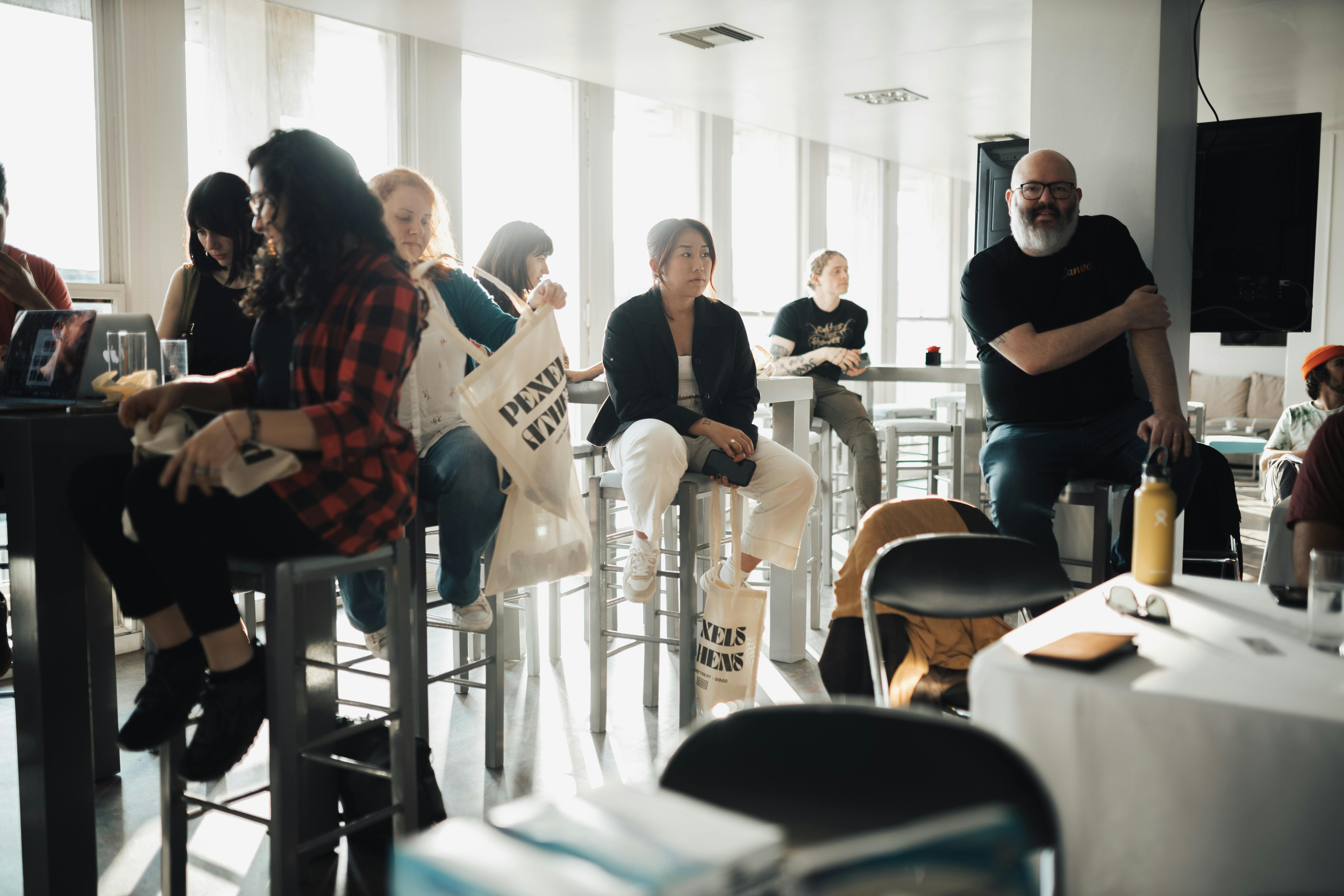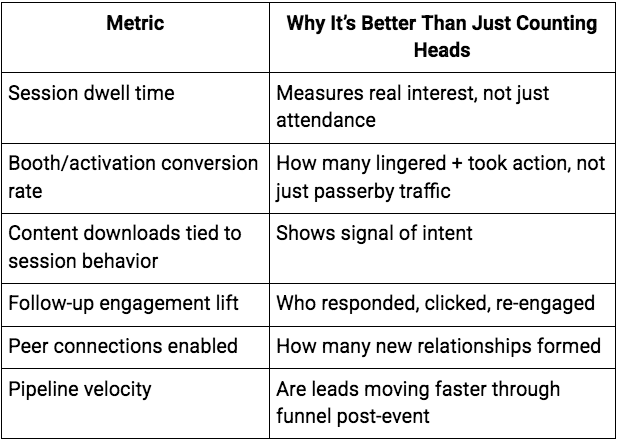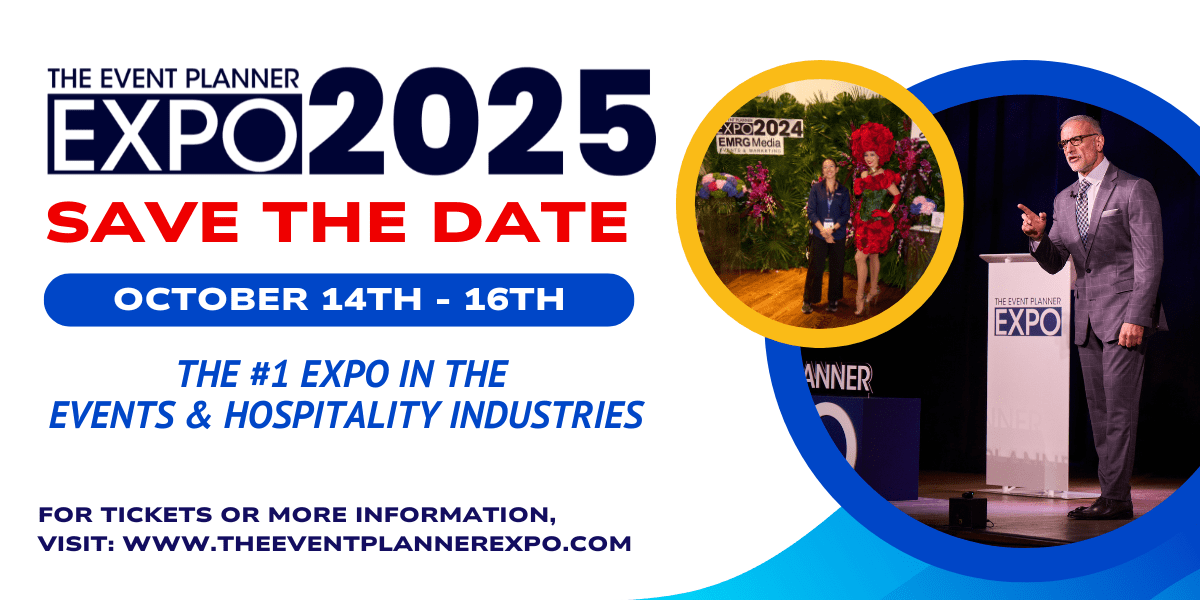B2B Events That Pull People In (Not Push Them Through)

In the B2B world, the old model of “set up booths, hand out brochures, wrangle badge scans” is losing grip. Today’s most successful events aren’t built around pushing people through a funnel. They’re built to draw people in, make them linger, connect, and leave changed.
If your goal is to design events that people choose to attend, stay in, and remember, here’s how to build that magnetic pull, along with trends, techniques, and warning signs that it’s slipping.
Why Pull Beats Push: A Shift in Mindset
The hardest thing to do is get someone to arrive, but the biggest mistake is treating arrival as the finish line. Successful B2B events are no longer measured by headcount alone but by real engagement, intent signals, and pipeline acceleration.
-
- Attendees today expect customization. They want messages and experiences that reflect their challenges, not generic marketing speak.
- Every moment at your event is an opportunity to build trust (sometimes more powerfully than any ad or email campaign).
- In fact, 60% of B2B event marketers say immersive, interactive experiences are among their highest priorities.
- Attendees today expect customization. They want messages and experiences that reflect their challenges, not generic marketing speak.
Pull is about creating gravity: when people feel the event was about them, they engage more deeply, share more publicly, and stick around longer.
Tactics That Pull: What the Best Do Differently
Here are the levers you can pull to design events that feel magnetic, not manipulative. Use them selectively, mix them creatively.
1. Curated Intimacy Over Mass Scale
Big crowds feel safe. Small, meaningful rooms feel exclusive. Some of the most valuable connections at B2B events happen in invite-only dinners, executive roundtables, or micro-workshop pods. The tradeoff: fewer superficial leads, more meaningful conversations.
2. Pre-Event Warmth & Micro-Communities
Weeks before your event, seed small online groups (Slack, Discord, LinkedIn) where registrants can begin conversations, share what they want to see, or even submit questions. When people show up already knowing someone, the energy changes.
3. Triggerable Moments, Not Just Stages
You don’t need to wait for Keynote to create impact. Pop-ups, “aha” flash sessions, unannounced demos, or expert corners can spark micro-experiences. These break the typical “sit down, listen, leave” rhythm.
4. Real-Time Intent Tracking & Response
Today's tech allows you to see which sessions people linger in, which booths draw long dwell time, and who asked follow-up questions. The best events wire that into field outreach or onsite nudges the same day.
5. The Hybrid Mindset That Pulls Dual Audiences
If you’re doing in-person + virtual, design for both simultaneously rather than layering virtual as an afterthought. Use digital platforms where remote participants can trigger polls, talk in chat, or “step into” breakout rooms that mirror physical ones.
6. Content as Experience, Not Commodity
Every talk, panel, or demo becomes part of a narrative. Instead of standalone sessions, use threads of themes, case studies, or customer journeys that build across tracks. You can stretch those into snappy micro-content, shareable moments, or facilitated conversations.
7. Space Design That Encourages Pause
Embrace unique spaces that have private rooms, lounges, nooks, and hidden alcoves. Use this architecture and flow to let people rest, discover side conversations, and digest. When paths meander a little, people slow down instead of rushing.
8. Sensory & Emotional Layers
You already know lighting, music, scent, or textured surfaces change mood. But pull happens where emotion meets narrative. Introduce installations or projections that shift over time, or “reveal walls” that change as the event progresses.
9. Follow-up That Feels Human
The pull continues after the event. Instead of sending a generic “thanks for attending” email, segment follow-up by what people interacted with (sessions, booths, content). Let them pick next steps. Build small, ongoing community moments (webinars, roundtables) to keep them connected.
Where It Trips Up / What Kills the Pull
-
- Treating the event as a sales pitch machine. If attendees feel they’re being consumed by your pipeline, trust erodes.
- Having content that isn’t relevant or differentiated. If you repeat generic decks, people feel they wasted time.
- Technology that disrupts flow (clunky apps, bad WiFi, registration friction).
- Failure to respond to signals in real time. If someone wanders out of a session, that’s a signal and not a lost cause.
- Neglecting the in-between spaces, such as coffee lines, hallways, and food area. Those are often where the real conversations happen and where pull can sink.
Real-Life Example (Hypothetical with Lessons)
Picture this: a B2B SaaS company runs a two-day summit called “Future of Automation in Operations.”
-
- Before the event, registrants get access to a private Slack channel where speakers drop questions and run polls on topics they want to see debated.
- On day one, you step through an immersive “digital factory” simulation, leading into a breakout. Attendees who engage get exclusive follow-up invites.
- In the back hallway, there’s a “hack lab” zone where three rotating engineering teams demo edge use cases. You can wander in, ask questions, or reserve 10 minutes with their lead.
- Remote viewers interact through synced Q&A panels, breakouts via video rooms, and polls that feed into what’s happening onsite.
- After, attendees receive a summary tailored to the sessions they joined with suggested next steps, on-demand sessions, and intros to peers they chatted with.
The thread through that experience isn’t “sit, listen, leave” but “explore, interact, connect, follow.”
Metrics That Matter (Beyond Headcount)

These metrics tie your event more deeply to business outcomes. They help you justify the “pull” model, because if people stick, engage, and convert better, you’ll never have to force them in.
The Future Pull (What’s Coming)
-
- Predictive engagement AI that nudges people toward sessions they’ll value before they even know it.
- Spatial tech & XR that lets you blur physical and virtual space more freely. Virtual “magnet zones” in hybrid venues will guide people subtly.
- Behavioral triggers that change your environment (light, sound, visuals) based on how people move through the space.
- Long-tail communities events evolve into platforms where people interact months before and after, not just on one day.
Pull matters because B2B people no longer have to attend. There are too many choices, too many demands on their time. But if you build something magnetic, meaningful, and worthy, they’ll come. And stay. And tell others.
Learn More About Planning B2B Events
If you want to see what the highest-tier planners are doing to pull people in (not push them out), come be part of the conversation at The Event Planner Expo 2026 in NYC. See pull-based models in action. Plug into the minds doing it best.
